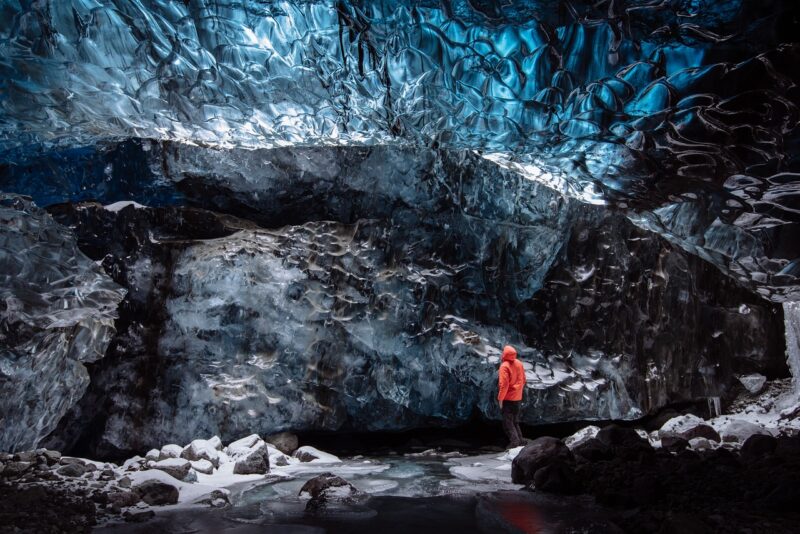How Exploring Caves Connects Us with Ancient History and Underground Wonders
November 13, 2024

Caves have always held a peculiar allure, drawing adventurers, scientists, and history buffs alike into their depths. They are not just beautiful formations of nature; they are portals to our past, serving as a canvas that documents the ancient stories of humankind, the evolution of species, and the transformations of our planet. From prehistoric art to stunning geological formations, exploring caves connects us with ancient history and unveils the wonders of the underground world.
1. The Significance of Caves in Human History
Caves have served multiple purposes throughout human history. They have been shelter, places of worship, and even, in certain instances, sites of burial. Archaeological evidence shows that early humans sought refuge in caves during perilous times, utilizing these environments for protection against the elements and predators.
1.1 Prehistoric Cave Art
One of the most significant aspects of caves is the preserved cave art found within their walls. Sites like Lascaux in France and Altamira in Spain feature breathtaking paintings of animals and human figures that date back tens of thousands of years. These artworks are more than mere depictions—they provide insight into the lives, beliefs, and environments of our prehistoric ancestors. They articulate a profound connection with nature and have become invaluable resources for understanding early humanity’s cultural expressions.
1.2 Spiritual and Cultural Significance
Throughout various cultures, caves have been considered sacred spaces. Many ancient civilizations believed that caves were portals to the underworld or homes to deities and spirits. The Greeks revered the Cave of Zeus on Crete, while the Native American tribes incorporated caves into their spiritual practices. Studying these beliefs helps us appreciate the important role caves have played in shaping cultural identities and religious practices throughout history.
2. Geological Wonders Beneath Our Feet
Beyond their historical significance, caves are marvels of geology that illustrate the processes that have shaped our planet. They present unique ecosystems and breathtaking formations created over millions of years.
2.1 Formation of Caves
The majority of caves are formed through the process known as karstification, whereby acidic waters erode limestone rock, creating intricate passageways and chambers. This slow process is a testament to the power of nature over geological time scales. Other caves are formed from lava tubes, ice, or erosion from winds and water. Exploring these formations gives insight into the earth’s dynamic processes and the passage of time.
2.2 Unique Ecosystems
Caves house unique ecosystems that have evolved separately from the surface world. Many species that inhabit caves have adapted to complete darkness, leading to fascinating evolutionary developments. For example, some cave-dwelling fish and insects have lost their pigmentation and eyesight, showcasing nature’s adaptability. Understanding these ecosystems is crucial for conservation efforts and highlights the interconnectedness of life on our planet.
3. Modern Exploration and Conservation
As curiosity about the natural world grows, so does the need for responsible exploration and conservation of caves. The rise of caving, or spelunking, as a recreational activity, has led to increased awareness of their significance but also poses threats to these delicate environments.
3.1 Responsible Caving Practices
Cavers must adhere to responsible practices to minimize their impact on cave environments. This includes staying on marked paths, avoiding touching formations, and being cautious of what we bring into caves, such as contaminants from outside. Education is key in preserving these natural wonders for future generations to enjoy.
3.2 The Role of Technology in Cave Exploration
Advancements in technology have greatly enhanced cave exploration. Tools like 3D scanning, drones, and geological mapping have made it possible to explore and document caves extensively without disturbing their ecosystems. These technologies not only help in conservation efforts but also facilitate a deeper understanding of these underground worlds.
4. Conclusion: A Journey Through Time and Space
Exploring caves is much more than an adventure; it’s a journey through time and space that connects us with our ancestors and the earth’s natural history. Each cave tells a unique story, documenting the interplay of geology, biology, and human culture. By appreciating and protecting these magnificent formations, we can ensure that future generations have the opportunity to explore and connect with the wonders hidden beneath the surface of our planet.
As we delve into the depths of caves, we discover that they are not simply geological phenomena—they are repositories of our shared history and mysterious worlds waiting to be explored. Through responsible exploration and conservation, we can foster a deeper connection with our past and a greater appreciation for our planet’s extraordinary landscapes.







